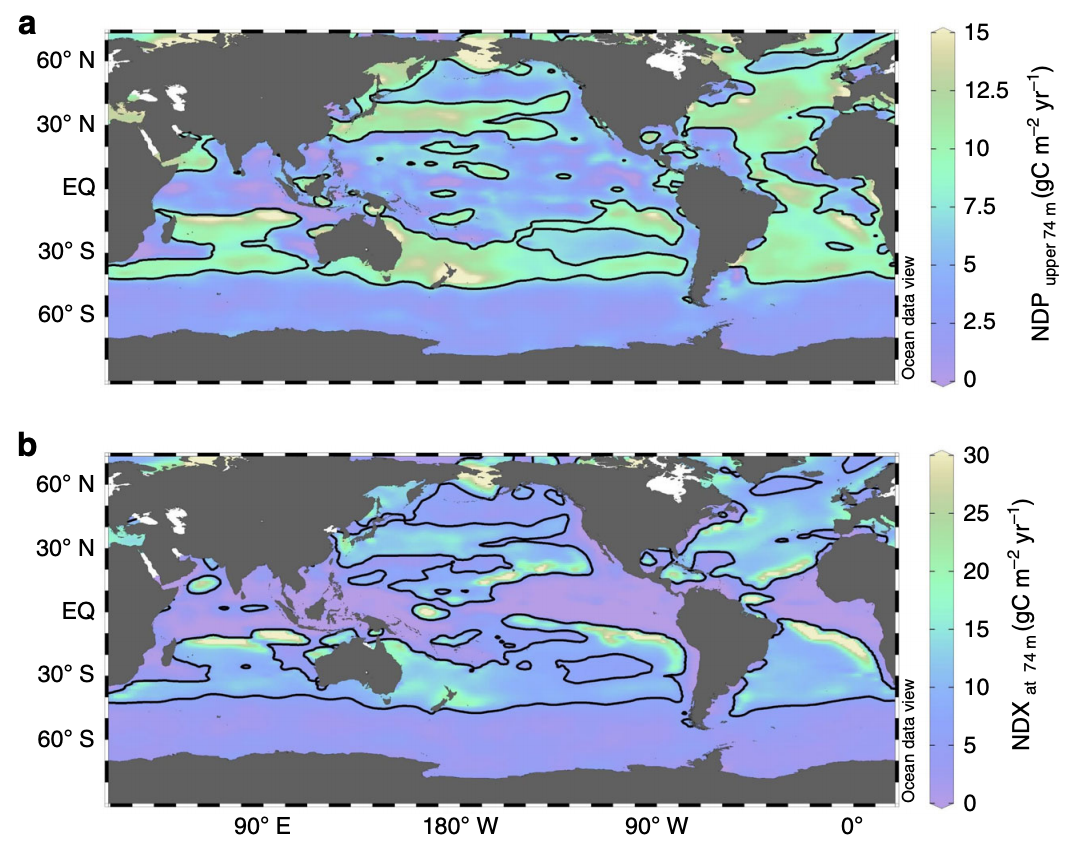TL R My skimmer is doing nothing*; is my tank "too clean"? I have a system with approximately 90 gallons total volume. Current bioload is a royal gramma, 2 clown, and a shark nose goby (plus a bunch of zoa). I feed the fish once a day, feed 1/8 reef roids a few days a week, and a couple of tiny silversides to my anemones a couple of times a week.
R My skimmer is doing nothing*; is my tank "too clean"? I have a system with approximately 90 gallons total volume. Current bioload is a royal gramma, 2 clown, and a shark nose goby (plus a bunch of zoa). I feed the fish once a day, feed 1/8 reef roids a few days a week, and a couple of tiny silversides to my anemones a couple of times a week.
I have dual filter socks that I change every 3 days or so, a SKIMZ MBR-157 algae reactor, a carbon reactor running 9 Tbsp ROX, and an older Bubble Magnus 5.5 skimmer and the tank gets a 10% water change every 3 weeks. The skimmer seems halfway decent, however, when I have it tuned as far as it will go without flooding the skimmer cup it *barely pulls any skimmate.
So how do I figure out if there's just not enough DOC for the skimmer to create surface tension to create adequate foam or is it that the skimmer just sucks? [The skimmer has been cleaned and has been given time to break in, the skimmer chamber is at a constant and manufacturer recommended depth, and the water level inside the skimmer cannot be raised any higher without flooding the skimmer.
I have dual filter socks that I change every 3 days or so, a SKIMZ MBR-157 algae reactor, a carbon reactor running 9 Tbsp ROX, and an older Bubble Magnus 5.5 skimmer and the tank gets a 10% water change every 3 weeks. The skimmer seems halfway decent, however, when I have it tuned as far as it will go without flooding the skimmer cup it *barely pulls any skimmate.
So how do I figure out if there's just not enough DOC for the skimmer to create surface tension to create adequate foam or is it that the skimmer just sucks? [The skimmer has been cleaned and has been given time to break in, the skimmer chamber is at a constant and manufacturer recommended depth, and the water level inside the skimmer cannot be raised any higher without flooding the skimmer.
Last edited:



















